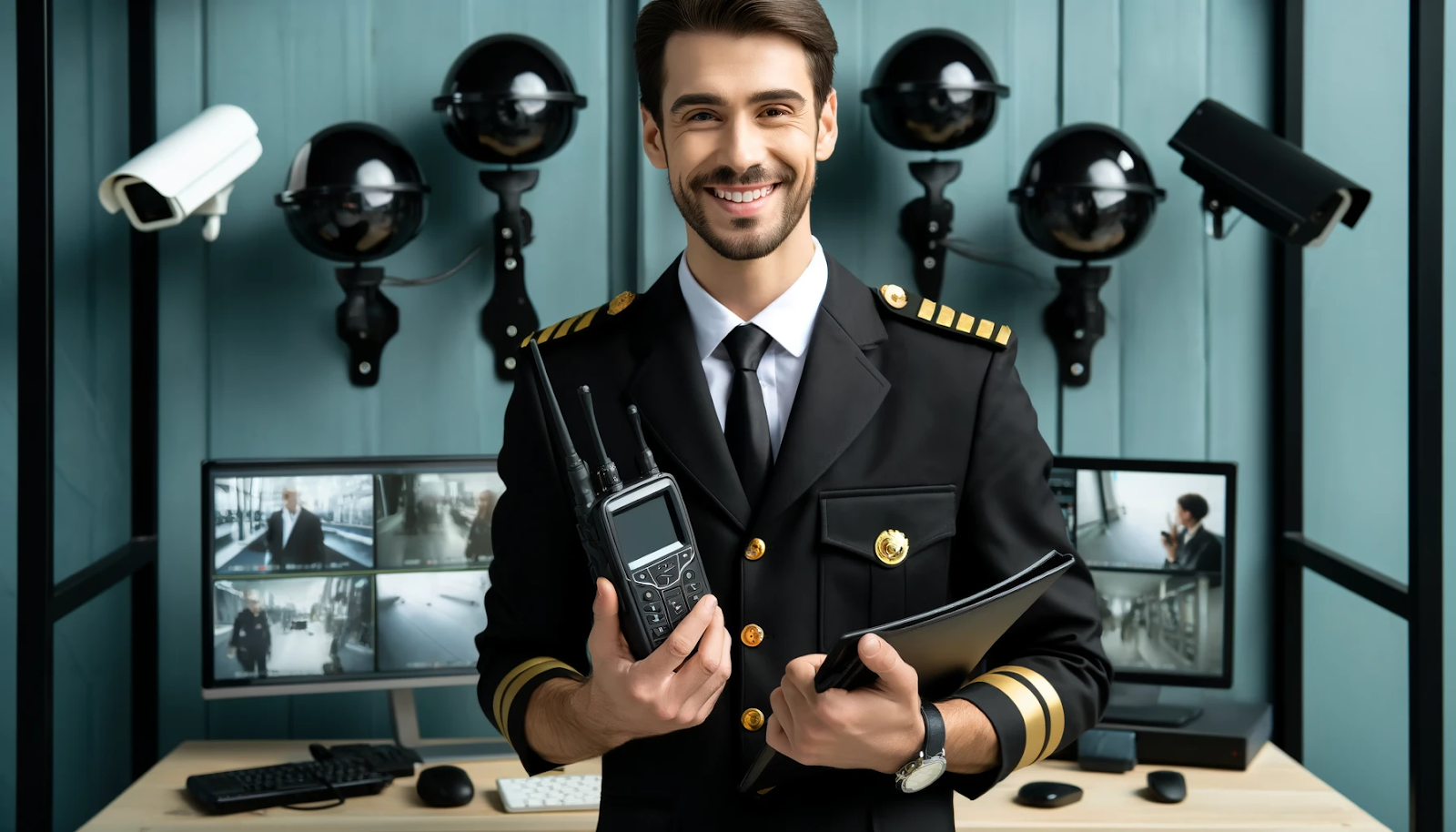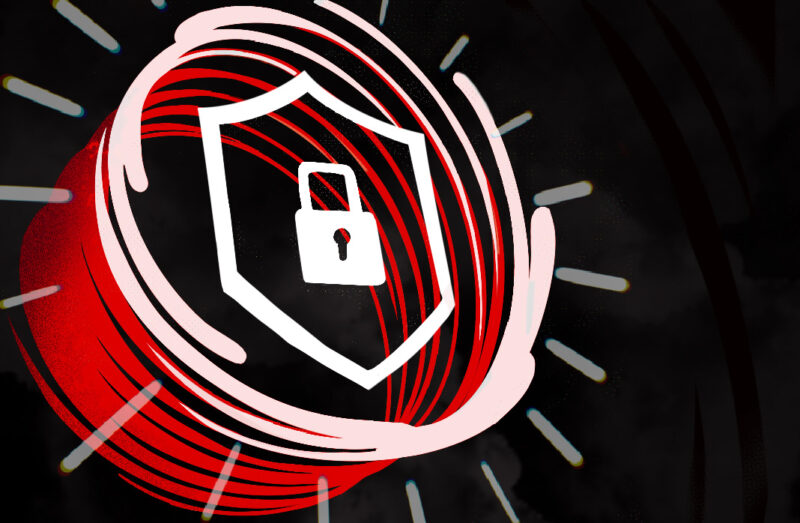In today’s unpredictable world, the importance of executive protection cannot be overstated. As high-profile individuals navigate a landscape fraught with potential threats, security professionals must employ a multi-faceted approach to ensure their safety and peace of mind.
At the core of effective executive protection operations are essential tools that not only enhance situational awareness but also optimize response strategies. From advanced surveillance technologies that provide real-time insights to communication systems that facilitate seamless coordination, the right tools make all the difference.
Equally important are personal security tactics that empower protectors to adapt swiftly in rapidly changing environments. This article delves into three indispensable tools that form the backbone of successful executive protection missions, equipping security teams to tackle challenges head-on.
1. Advanced Communication Systems

In the high-stakes world of executive protection, advanced communication systems stand as a cornerstone of operational effectiveness. Imagine a secure network that enables real-time updates, rapid dissemination of intelligence, and seamless coordination among team members, whether they are in the same vehicle or spread across multiple locations.
Such systems leverage encrypted messaging, instant video feeds, and geolocation features, allowing security teams to anticipate threats before they escalate. Moreover, the integration of facial recognition software can enhance situational awareness, providing alerts when high-risk individuals are detected.
Yet, it doesn’t stop there; the technology should evolve to accommodate diverse scenarios—from on-site emergencies to international travel—ensuring that agents are always just a whisper away from critical information. When every second counts, the clarity and reliability of communication can mean the difference between a successful mission and potential disaster.
2. Threat Assessment Software

Threat assessment software serves as a vital cornerstone in the realm of executive protection, enabling security teams to proactively identify and mitigate potential risks. By aggregating data from various sources, these sophisticated tools analyze patterns, gauge threat levels, and provide real-time insights into emerging risks.
Imagine a scenario where an executive’s itinerary is shared widely; within moments, the software sifts through social media chatter, surveillance feeds, and historical incident reports to paint a comprehensive risk profile. This multifaceted approach not only enhances situational awareness but also allows protection detail leaders to make informed, strategic decisions.
With functionalities that include geolocation tracking and alert systems, threat assessment software transforms a reactive mindset into a proactive defense mechanism, ensuring that every possible precaution is taken to safeguard high-profile individuals against an unpredictable landscape of threats.
3. Personal Protective Equipment (PPE)

Personal Protective Equipment (PPE) serves as the frontline defense in executive protection operations, acting as a critical shield against potential threats. From bullet-resistant vests to tactical gloves, the choice of gear must be both strategic and situationally aware, adapting to the specific environment and the potential risks at hand.
For instance, during a high-profile event, visibility and comfort might take precedence, while in a hostile situation, the focus shifts to maximum protection and stealth. Moreover, the right helmet can mitigate head trauma, while specialized eyewear can safeguard against blinding flashes or projectiles.
Understanding that each piece of equipment plays a unique role, the true effectiveness of an executive protection detail lies not only in the gear itself but also in the seamless integration of PPE with operational tactics, ensuring that the protected remains safe without revealing vulnerabilities. By maintaining a versatile arsenal of protective gear, teams can respond to threats with confidence, adaptability, and an unwavering commitment to duty.
Conclusion
In conclusion, effective executive protection operations hinge on the integration of advanced tools, strategic planning, and skilled personnel. By utilizing cutting-edge technology such as surveillance systems, communication devices, and risk assessment software, security professionals can enhance their situational awareness and response capabilities.
Training from reputable institutions, like https://pwa.edu/, further equips security personnel with the knowledge and skills necessary to navigate complex environments and adapt to evolving threats. Ultimately, investing in these essential tools and developing a well-rounded strategy will not only safeguard individuals but also bolster organizational resilience against potential risks.


